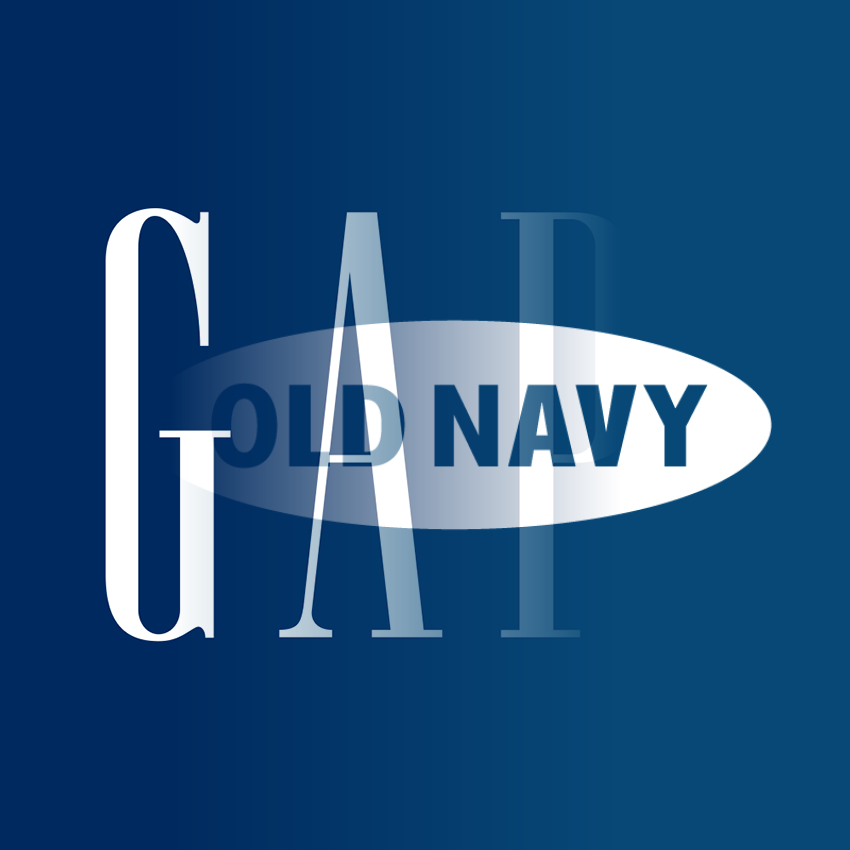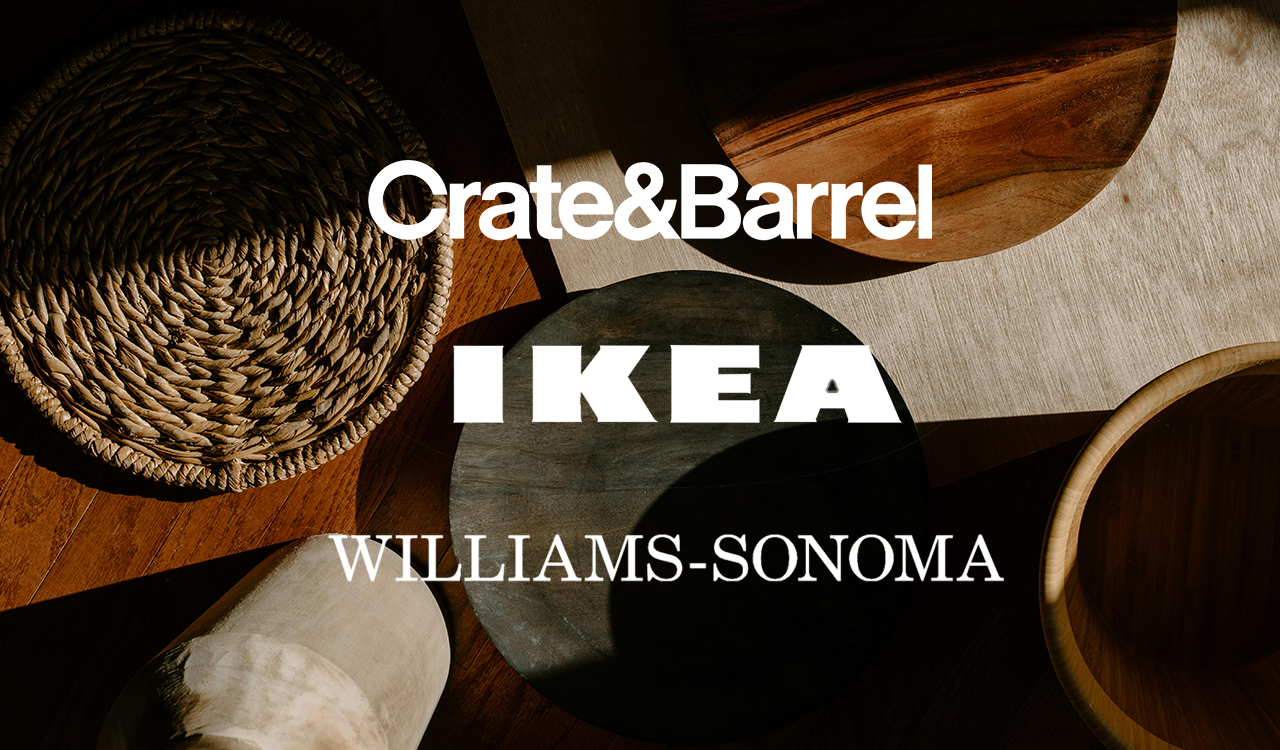Gap is struggling. CNBC reported that Gap’s stock had fallen by more than 25% over the past year before the coronavirus outbreak. Gap’s former CEO, Art Peck, was fired in November of 2019 after a series of missteps led the brand away from the resurrection the retailer needed. Gap recently furloughed the majority of its employees without pay, but extending health benefits throughout shutdowns. So, what’s the problem with Gap? The standout issue is that its offerings have, for some time now, been undifferentiated from those of Old Navy, its diffusion line.
Fallen from Grace
Sure, Gap was once a gold standard in mall-based retailing, but the brand’s offerings have become “basic” and boring in a fashion era where individuality is the name of the game. It’s dubious whether the legacy retailer will be able to withstand reopening especially during the pandemic. Young consumers need reasons beyond just a well-known brand name to make a purchase. And while Gap’s core audience was once teenagers, the retailer hasn’t carved out a relevant niche for itself with Gen Z. Next Gen consumers demand sustainability and, while Gap does publish a sustainability report, it still doesn’t have sustainable inventory offerings like other mid-tier/fast-fashion retailers such as ASOS or H&M.
Extending the Brand
However, through Gap-owned Intermix’s recent licensing deal with talent and event management company, IMG, the retail conglomerate will try to bring new lifeblood into Gap, Banana Republic, and Janie and Jack. Whether the company is able to achieve this will depend on the relevance and fashion cred of the licensed offerings.
[callout]In Gap’s heyday, the retailer wasn’t afraid to take fashion risks to stand out from the herd. Yes, Gap apparel still fell into the “preppy” category, but its iconic rainbow sweater and grass perfume were groundbreaking back in the day.[/callout]
Let’s take a look at a few of the factors contributing to Gap’s strange descent into becoming Old Navy, as well as what Intermix needs to avoid when striving to differentiate the brands in its portfolio in the future.
Failure to Differentiate Style and Price Point
The race-to-the-bottom wasn’t kind to Gap. The retailer struggled to retain sales as its customer base began to favor discount stores over full-priced fashion brands. With the advent of ecommerce, customers started going to malls looking for a standout shopping experience. Gap’s response to this was heavy discounting which, as we’ve seen from other mall-based retailers that have faced the same struggles (Victoria’s Secret, Express, J.Crew, The Limited, etc.), doesn’t work for long. In 2019, Gap saw its largest sales decline, with a seven percent decline in comparable sales. Sales at Old Navy and Banana Republic also sank by four percent and three percent, respectively.
Instead of refocusing on manufacturing and marketing quality goods, Gap doubled down on discounting boring merchandise. It’s important to note here that in Gap’s heyday, the retailer wasn’t afraid to take fashion risks to stand out from the herd. Yes, Gap apparel still fell into the “preppy” category, but its iconic rainbow sweater and grass perfume were groundbreaking back in the day. But there’s nothing to differentiate the retailer in the past decade. Instead of following in J.Crew’s footsteps with a Madewell-esque brand that’s focused on quality, Gap and Gap subsidiaries have been going down-market.
Gap’s price points are now nearly undifferentiable from Old Navy: Women’s pants at Old Navy are about $20-$40 before coupons, women’s pants at Gap are about $25-$50 before coupons. There are no distinctive details to any of the fashions–– if they were bought at Gap, at Old Navy, or on Groupon for $3––nobody would be able to tell the difference. In an era of brand distinction and experimentation, Gap brands are amalgamating. Pamela Danziger put it perfectly when she said, “Old Navy is perceived as Gap-lite.’
So, will Gap’s new licensed apparel give it a leg-up on Old Navy’s (relatively basic) unlicensed gear? And is Gap’s current CEO the right frontwoman to elevate the brand?
New Gap CEO… from Old Navy
So, who did Gap choose to replace Art Peck after the long-time CEO’s departure? The former CEO of Old Navy, Sonia Syngal, of course. This is a dubious move considering the fact that Old Navy hasn’t exactly been killing it lately in the sales department. And a refocus on developing targeted fashion for Gap’s core customer base doesn’t sound like it’s on Syngal’s list of top priorities.
CNBC published a statement by Syngal about her plans for the Gap brand. “I’m committed to fully realizing the potential of our portfolio and the advantage of our scale,” Syngal said. “With a focus on strengthening the love that our millions of customers have for our brands. To do that, we must better prioritize initiatives and capabilities that will improve execution and drive value creation.”
“The advantage of our scale?” “Value creation?” Now call me a skeptic, but that sounds a lot like discounting. Based on Old Navy’s existing retail model (which has recently been bleeding profits), it doesn’t look probable that the “value creation” Syngal mentioned refers to improving product quality, tailoring Gap’s apparel and accessory offerings, turning employees into brand advocates, or strengthening its sustainability initiative––all of which will be necessary if Gap leadership wants to tap into its next-gen consumer base once all of this is over.
Logo Diffusion and Confusion
At this point you may be asking, “what about the millennials?” You would think that Gap could follow in the footsteps of Delia’s, Caboodles and Urban Outfitters, by tapping into that oh-so lucrative revenue stream that comes from millennial nostalgia. But when former Gap CMO, Alegra O’ Hare tried to revive Gap’s iconic logo sweater from the 90s, and making customers take notice proved to be easier said than done. This is because the Gap logo no longer carries the clout it once did.
While Delia’s and Caboodles were relatively nonexistent until their resurrection a few years ago, consumers have witnessed Gap’s gradual decline and discounting of logo products. In a ridiculous move back in 2010, Gap even tried to redesign their traditional logo (to the shock and horror of many a millennial consumer who grew up on the brand). The Gap brand has been there the whole time––through the race-to-the bottom, the rise of ecommerce and the shift in young consumers’ purchasing priorities––but its journey hasn’t been pretty. The cold, hard truth? Nobody wants to wear a Gap logo sweater anymore. Especially not now, when utilitarian merchandise reigns supreme.
It remains to be seen what type of licensed merchandise is going to be added to Gap and Banana Republic with the new IMG deal, but it needs to be fashion to curb the brands’ down-market trajectory.
What it Would Take for a Turnaround
Gap needs to get cool again, but how? Much like the present-day customer journey, the retailer needs to start online. Not by trying to revive its old denim value proposition on Instagram (when the reality is that many of its discounted products don’t withstand the test of time), but by listening to what Gen Z and millennial customers really want: Quality-driven value, ethical treatment of employees and an eco-conscious manufacturing process. Sustainability and functionality are the new cool. Whether Gap gets there through a slow return to more conscious manufacturing processes or creates a Madewell-esque spinoff brand with a better reputation, the way forward is a return to full-price (and full quality).
Gap corporate’s energies would be better focused on responding to customer demand, rather than trying to make big moves like selling off Old Navy. It’s Gap’s ability to respond to these demands through its manufacturing process and maintenance of its relationships with furloughed employees that will determine whether the retailer makes a comeback, or just becomes synonymous with its diffusion line.




